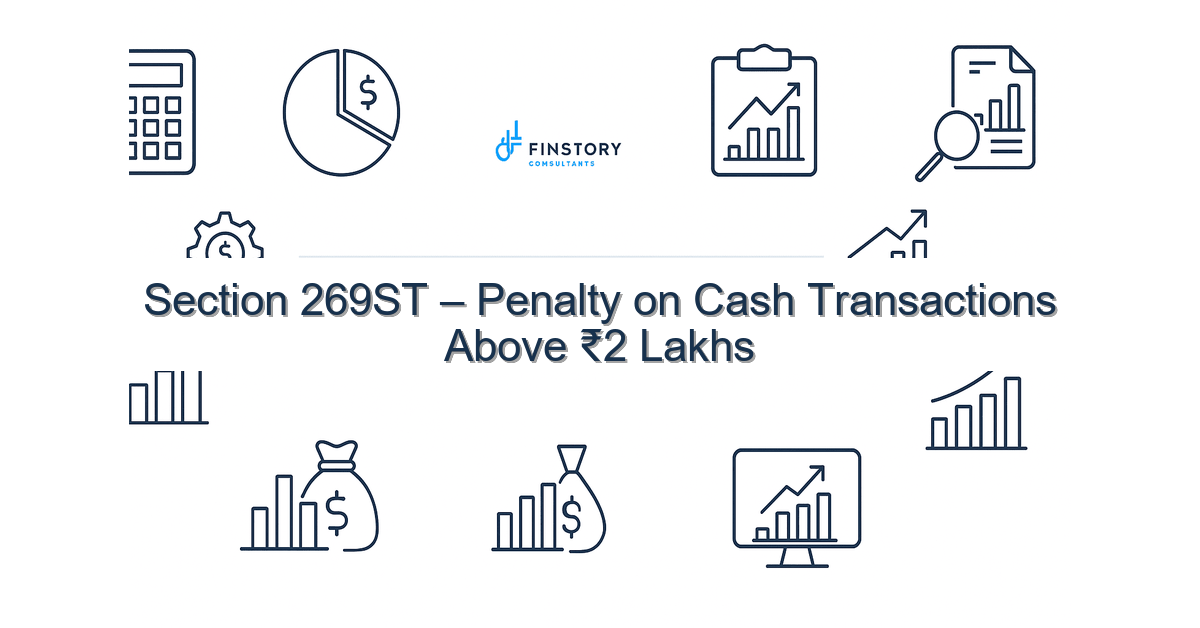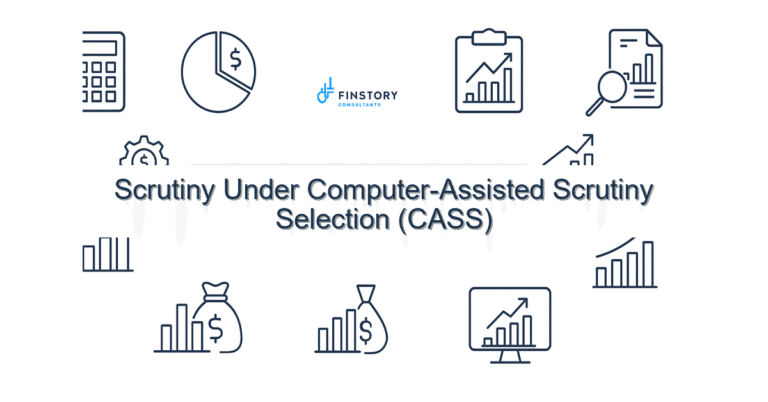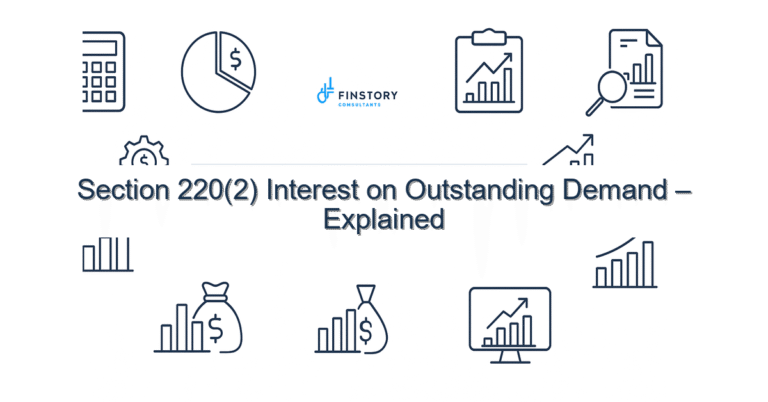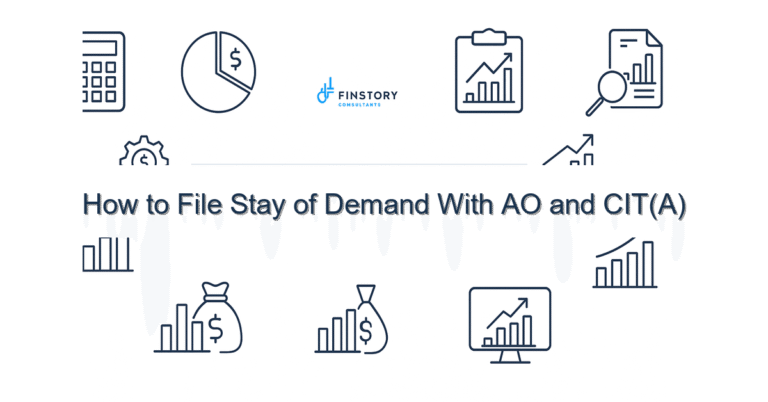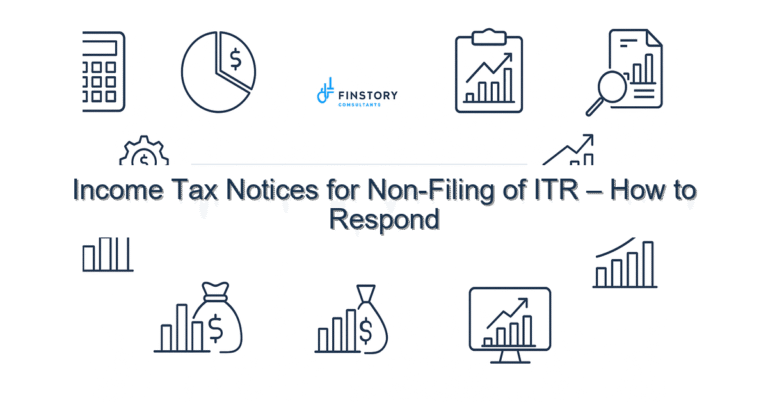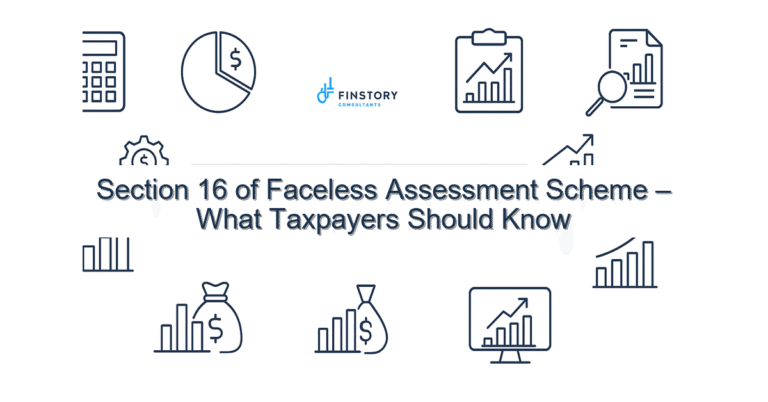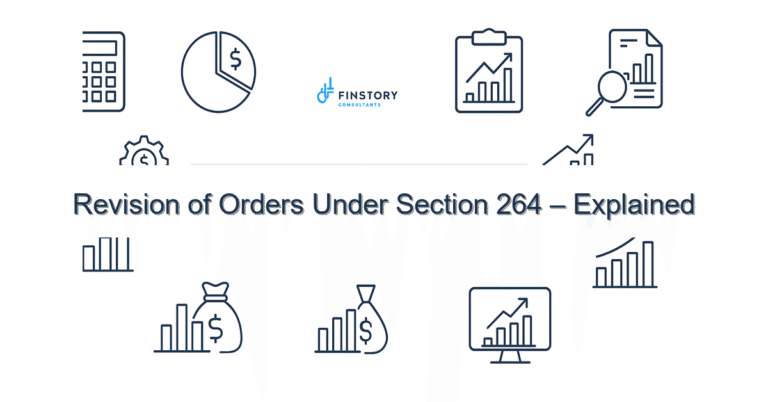Section 269ST – Penalty on Cash Transactions Above ₹2 Lakhs
It’s stressful when a single cash transaction can trigger a tax penalty that wipes out your margin or lands you a notice. Whether you run a shop, freelance, or manage payroll for a startup, the rules on cash receipts in India can feel harsh and opaque.
Summary: Section 269ST bans receiving cash above ₹2 lakh in aggregate for a single day/transaction/event; breach can attract a penalty equal to the amount received. Use banking channels, keep clear records, and act quickly if you’ve received or paid large cash amounts to avoid notices and penalties.
What’s the real problem in India?
Tax rules use short codes—AY/PY, CBDT circulars and e-filing formats—while everyday business owners think in cash. The law behind Section 269ST is straightforward on paper, but practical compliance is messy: mixed payments, festival-season cash sales, salary advances, or one-off investments can unintentionally cross the ₹2 lakh threshold. The CBDT timelines for assessments and notices mean a problem today can become a demand years later.
- Symptom: A buyer or client insists on paying in cash and you accept more than ₹2 lakh in a day.
- Symptom: Multiple smaller cash receipts on the same project add up beyond ₹2 lakh.
- Symptom: A bank deposit later triggers scrutiny because documentary proof of source is weak.
- Symptom: You receive a notice referencing AIS/26AS entries or unexplained bank credits.
What people get wrong
Common pitfalls in Indian tax compliance around Section 269ST are mostly avoidable mistakes, not malicious intent:
- Thinking “cash is private”: Cash receipts are trackable via bank deposits and can appear in AIS/26AS.
- Ignoring aggregation: The limit applies in aggregate for a day, a single transaction and related transactions for the same event.
- Assuming exceptions always apply: There are exceptions but they are specific; relying on them without proof is risky.
- Mismatching records with ITR/TDS: When you file your return, if receipts don’t match bank statements or reported TDS/TCS, you invite scrutiny.
A better approach
Protect your finances with a simple framework that keeps operations smooth and audit-ready.
- Stop and verify: Before accepting cash above ₹50,000, pause and check if cumulative receipts for that person/event might exceed ₹2 lakh.
- Prefer banking channels: Encourage NEFT/RTGS/UPI/cheque for large receipts and document the reason for any cash component.
- Document rigorously: Maintain invoices, signed receipts, ledger entries and bank deposit slips that tie the cash to a real transaction.
- Reconcile monthly: Match sales books, bank statements and AIS/26AS; fix mismatches before ITR filing.
- Seek expert review: If you’ve already received more than ₹2 lakh in cash, consult a tax advisor immediately to evaluate penalties and defences.
Real-world example: A Delhi-based boutique accepted cash payments during a wedding season. Three purchases of ₹90,000 each from the same buyer over a week were treated as one event by tax authorities. The business faced a demand equal to the cash received—avoidable with a written sales agreement and bank transfers. After a professional review, part of the penalty was contested successfully, but legal fees and time were significant.
Quick implementation checklist
- Set a rule: Do not accept cash above ₹2 lakh from the same person in a day or for the same event—prefer non-cash beyond ₹50,000.
- Issue and retain proper invoices for every receipt, including serial numbers and transaction purpose.
- Where cash is unavoidable, prepare a signed receipt with PAN details of the payer and tie it to a sale/service document.
- Deposit cash into bank same day and keep deposit slips as proof.
- Reconcile bank statements with books weekly; flag any large cash deposits for documentation.
- Check AIS/26AS quarterly to match TDS/TCS and reported receipts; resolve mismatches before the ITR filing last date.
- Review your payroll and salary advances to ensure employee cash payouts don’t accumulate beyond limits.
- If you receive a notice, respond within the prescribed time and consult a tax professional—don’t ignore it.
What success looks like
- Zero penalties under Section 269ST for the year.
- Fewer tax notices and faster ITR processing because records match AIS/26AS and bank statements.
- Improved cash flow visibility—digital receipts reduce disputes and speed reconciliations.
- Clear audit trail enabling confident use of exemptions like capital gains indexation where applicable.
- Lower compliance stress around TDS/TCS reporting and accurate ITR filing before the ITR filing last date.
Risks & how to manage them
Risk: Penalty under Section 271DA can equal the amount of cash received in breach. Manage it by avoiding large cash receipts and keeping proof of legitimate exceptions.
Risk: A notice may trigger an assessment for other heads (e.g., unexplained income). Manage with good books and timely professional representation.
Risk: Reputational and operational disruption if transactions are frozen or banks increase scrutiny. Manage by shifting to digital collections and training staff.
Tools & data
Use these India-specific tools to stay compliant:
- AIS/26AS — check tax credits and bank/TDS/TCS entries regularly.
- Income-tax e-filing portal — file ITRs, respond to notices and track refunds.
- TDS/TCS tracking tools — reconcile deductions and collections with Form 26Q/26QB/26QC submissions.
- Bank statement automation and accounting software that tags cash receipts and aggregates them by payer/event.
- Maintain records helpful for other tax decisions — Section 80C limit calculations, choice between new vs old regime slabs, and capital gains indexation where relevant.
FAQs
Q: What exactly does Section 269ST prohibit?
A: It prohibits a person from receiving cash in excess of ₹2 lakh in aggregate from a person in a single day, single transaction or series of transactions related to the same event. Penalty under Section 271DA can be imposed for breach; consult a professional to check exceptions that may apply.
Q: If I accidentally received more than ₹2 lakh in cash, what should I do?
A: Stop further cash receipts from that payer, document the transactions, deposit the cash promptly with explanation and consult a tax advisor to assess penalty exposure and mitigation steps. Prompt action can affect outcomes positively.
Q: Does accepting cash affect my ITR, TDS/TCS or refunds?
A: Yes. Unexplained cash deposits can lead to discrepancies in AIS/26AS, affect TDS/TCS matching and delay ITR processing or refunds. Proper documentation and reconciliation before ITR filing last date reduces risk.
Q: Are there exceptions—for example, agricultural receipts or bank deposits?
A: Certain receipts through banking channels or specific categories may not attract penalty, but exceptions are narrow and fact-specific. Always maintain corroborating documentation and get professional advice before relying on an exception.
Next steps
If you’re unsure whether past cash receipts put you at risk, or you want a clean process to prevent penalties, don’t wait for a notice. Our team at Finstory specialises in practical compliance for salaried taxpayers, professionals, founders and MSMEs. We cover reconciliations with AIS/26AS, TDS/TCS reviews, ITR support and preventive documentation systems. Book a review today and get a tailored plan that also considers your Section 80C limit, retirement and investment choices under income tax india rules.
Work with Finstory. Speak with an Expert for a personalised plan to reduce your tax outgo and stay compliant. Book a free 20-min consultation.
📞 Need help with Income Tax in India?
Book a 20-min consultation with our tax team. Individuals, founders & MSMEs welcome.
Prefer email or phone? Write to info@finstory.net
or call +91 44-45811170.
